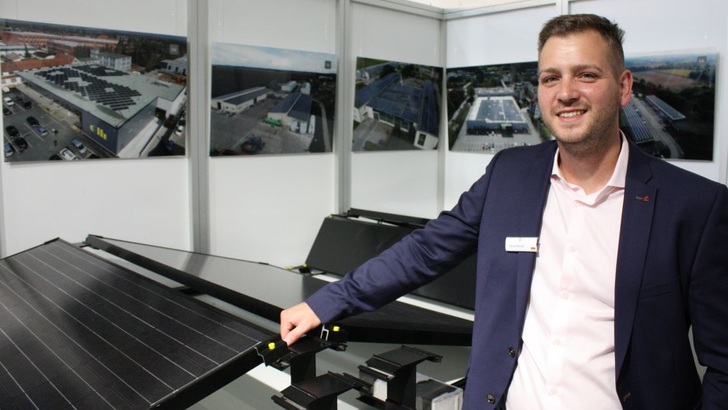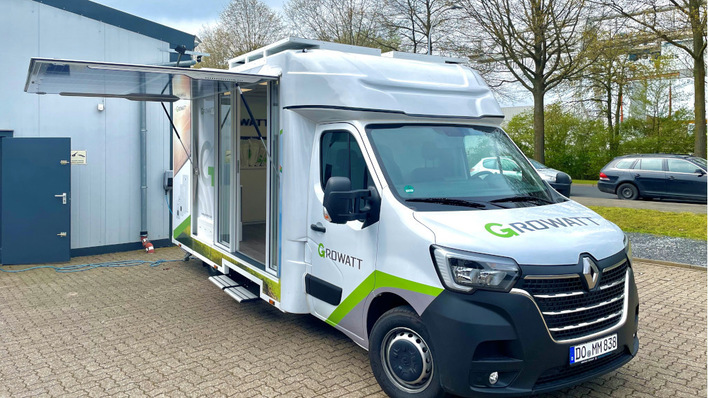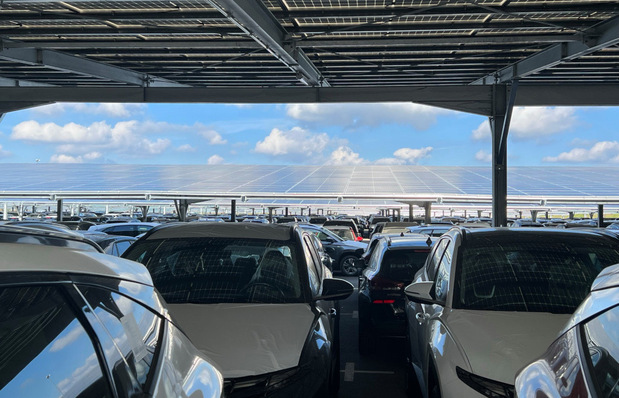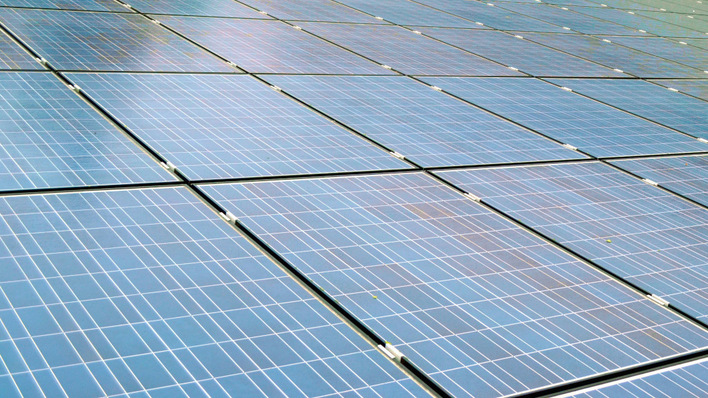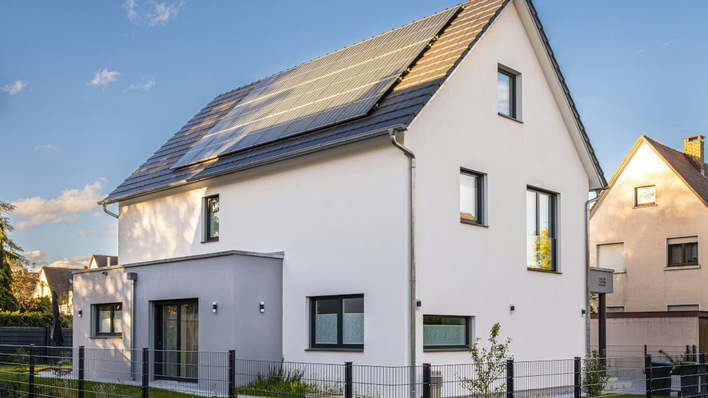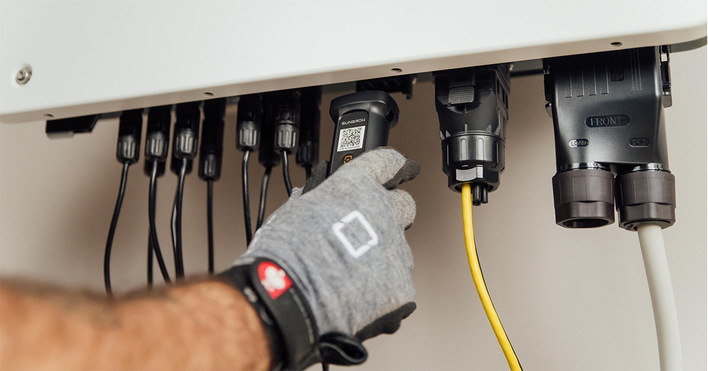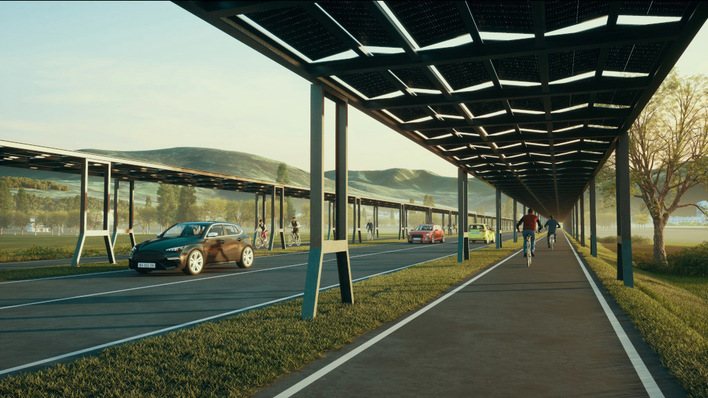What motivated you to develop your own mounting system?
The genesis of the IROC mounting systems was Scirocco, the low-ballast flat roof system by the company HB Solar, who became insolvent in 2012. I was working there at the time, and then decided to go independent with B&K Solare Zukunft. The Scirocco system used to be very intricate, i.e. requiring too many tools.
How many tools does the IROC system require?
Three years ago, we developed the IROC S3 and OW3, and now the IROC DP. The IROC series now only requires a 10 mm external hex for the rails and supports as well as a 6 mm internal hex for clamps and cross connectors. Those are standard tools that a technician always has while up on the roof.
It often is the details that make the difference. What was yours?
On the one hand, we wanted to make transport manageable, and on the other hand, we simplify rooftop assembly. For that reason, rails and supports not assembled until they get up on the roof. Otherwise, the subassemblies would be too bulky. Likewise, the building protector matts are only clicked into place at the building site.
How long does it take to assemble the system?
A 100 kilowatts array requires between 320 and 350 panels. We estimate about three working days for just the DC assembly on the roof. That is with one chief constructor and two well-coordinated apprentices.
When it comes to flat roof systems, the key concern is always to put as little load onto the roof as possible. How heavy is the IROC system?
Originally, the Scirocco system already was the most light-weight flat roof system on the market. Back in 2008 and 2009 when it was developed, the wind tunnel requirements were less strict. Based on the experience since then, the expectations are higher today – systems need to be more durable. At 15 kilograms per square metre, our east-west system is still very light.
In contrast to other manufacturers, the panel rails you use are quite long. Does that not create problems with thermal expansion?
Every 12 metres we include a flexible connector in the rails to avoid thermal stress. That gives the system adequate expansion joints and leeway.
How do you sell your IROC systems?
Directly to the installing companies. We also deliver to Norway, Poland, Austria and the Low Countries. In addition to the mounting system, we also support the installing companies in planning, dimensioning and most of all in the actual assembly, if they ask for it. There are some installing companies that want to focus on the electrical aspects of solar and storage systems. Or they wish to get involved more deeply in planning or simply have so many projects pending that they take advantage of our assembly services.
What planning documents do you provide?
First, we examine the roof in question very minutely; from heat and smoke vents to skylights and other rooftop structures. Then we record these measurements in AutoCAD and generate the plans for panel layout and ballast distribution. On the other hand, some of our customers already know how to put together a solar array. They, of course, do not require this service. It is more generally targeted at electrical companies that are new to the photovoltaics business or seek to get involved in it again.
Is there really that much that can go wrong?
Preliminary planning is among the most important things. Make a mistake here and finding a decent and tidy solution will create a massive headache for the technician on the roof. We also offer and strongly recommend conducting a final inspection on-site. This involves a random sample of checks, such as: Have the clamps been tightened properly? Are the supports fastened correctly? Are the torque levels as they should be? If the assembly is implemented by us, our site manager makes the rounds at regular intervals to verify this. Our IROC system is a high-quality mounting system. And so, we also want to make sure that the installation to the roof meets the highest standards. We the team of B&K ourselves install about 4,000 panels onto roofs per month. (HS)
What was new at the Intersolar and the EES Europe 2018 in Munich? Watch our expert’s movie clips here:
http://www.pveurope.eu/Videos/pv-Guided-Tours-videos-2018
Stay informed, get our newsletter twice a week.
Register here: http://www.pveurope.eu/Newsletter
Read more about solar modules.
Read more about solar mounting systems.
Read more about solar energy storage.

